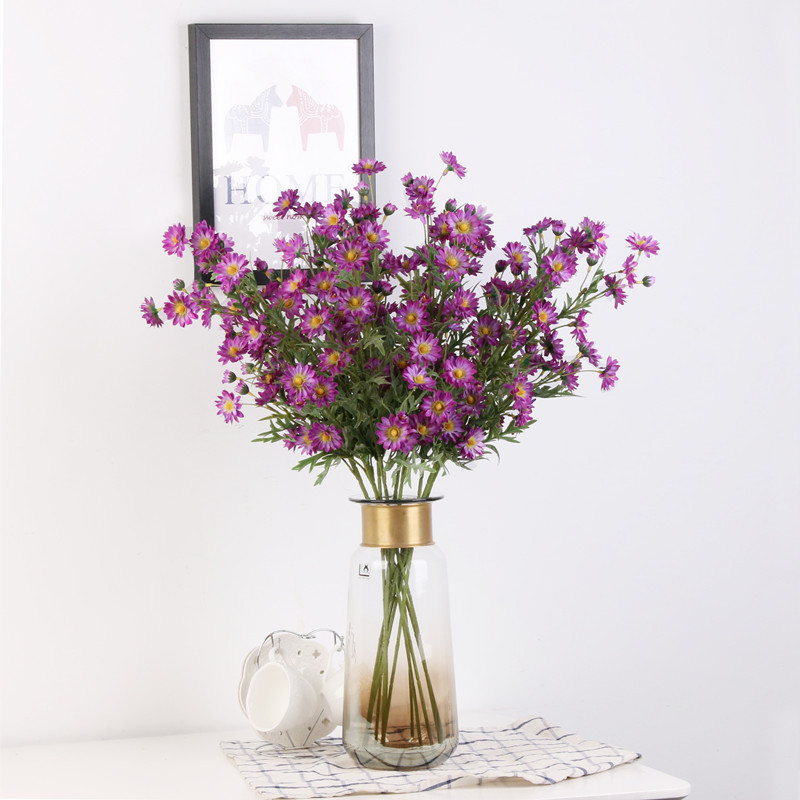Introduction: Chrysanthemums have long been cherished as a symbol of cultural heritage and are deeply ingrained in the traditions of various societies. In this blog, we’ll explore how chrysanthemums continue to play a role in cultural celebrations and artistic expressions.
- Chrysanthemums in Cultural Festivals: Chrysanthemums are featured prominently in various cultural festivals around the world. We’ll discuss their role in celebrations, such as the Chongyang Festival in China and the Festival of Happiness in Japan.
- Chrysanthemum Art and Symbolism: Chrysanthemums have inspired artists for centuries. We’ll showcase famous artworks that feature chrysanthemums and explore the symbolism they represent in different cultural contexts.
- Chrysanthemums in Literature and Poetry: Chrysanthemums have been celebrated in literature and poetry for their beauty and symbolism. We’ll share excerpts from poems and literary works that pay homage to the elegance of chrysanthemums.
- Chrysanthemums in Ceremonial Offerings: Chrysanthemums are often offered as ceremonial flowers in religious and spiritual rituals. We’ll discuss their significance as offerings in various cultural practices.
- Chrysanthemum Varieties and Symbolism: Different chrysanthemum varieties hold specific symbolism in cultural traditions. We’ll explore how certain colors and shapes of chrysanthemums convey messages of joy, longevity, and good fortune.
- Chrysanthemums as a Source of Cultural Pride: For many societies, chrysanthemums represent not only cultural heritage but also a source of national or regional pride. We’ll discuss how chrysanthemums are celebrated as a beloved floral emblem in different countries.
Conclusion: Chrysanthemums have transcended time and borders to become a timeless flower of cultural heritage. From their significance in festivals and artistic expressions to their role in literature and ceremonies, chrysanthemums continue to be cherished as symbols of beauty, tradition, and pride in diverse cultures worldwide.







